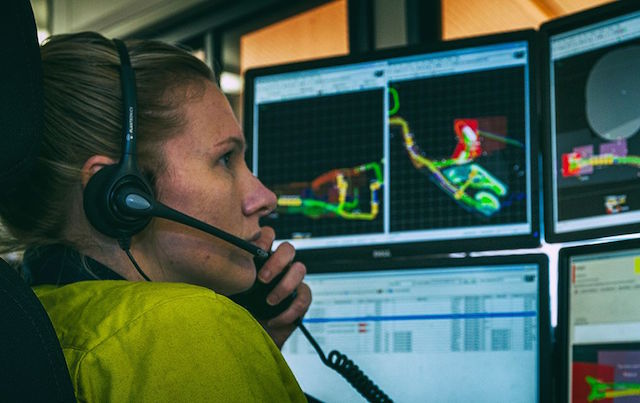While politicians clamour to ‘bring jobs home’, automation is increasingly taking those jobs away with the mining industry being the best example.
In 2015, McKinsey looked at the effects of automation in various US industries and found the production component of mining could lose over 80% of its jobs in coming years.
In a piece for Diginomica this week, I looked at a case study featuring Western Australia’s Fortescue Metal Group (FMG) from the recent AWS Summit in Sydney.
Slashing costs
When Fortescue planned their Solomon groups of iron ore mines in the Pilbara region of North-Western Australia in 2010, they estimated 75 manned trucks would be needed. As it turned out they only needed 49 robotic vehicles.
The savings, both in capital expenditure and operational costs was substantial and the entire operation saw its costs nearly halved.
It’s not just trucks becoming autonomous, functions like drilling and explosives laying are also being automated reducing costs and risks even further.
Dashed hopes
So mining communities like those in the United States hoping Donald Trump will bring back prosperity or Australians who believe a billion dollar subsidy to an Indian coal mining company will guarantee jobs are doomed to disappointment.
A modern mine is likely to employ more workers in an office thousands of miles away than on the site itself. Where once the surrounding region would get hundreds of jobs from a large mine, today it’s only going to be a handful.
It isn’t just the mine workers themselves though, McKinsey’s study also forecast the mining industry’s administrative workforce could see 90% of jobs going while senior management had the potential of being 99% automated.
Beyond blue collar roles
That this wave of automation will affect ‘white collar’ jobs as much as trades or unskilled workers isn’t new – this piece in 2015 for The Australian described how many of the ‘knowledge economy’ jobs will soon be done by robots or artificial intelligence.
Mining is a good indicator of where technology and employment is heading. We, and our political leaders, are going to have to think carefully where the future jobs are coming from as they aren’t going to be found in resurrecting old industries.

Leave a Reply